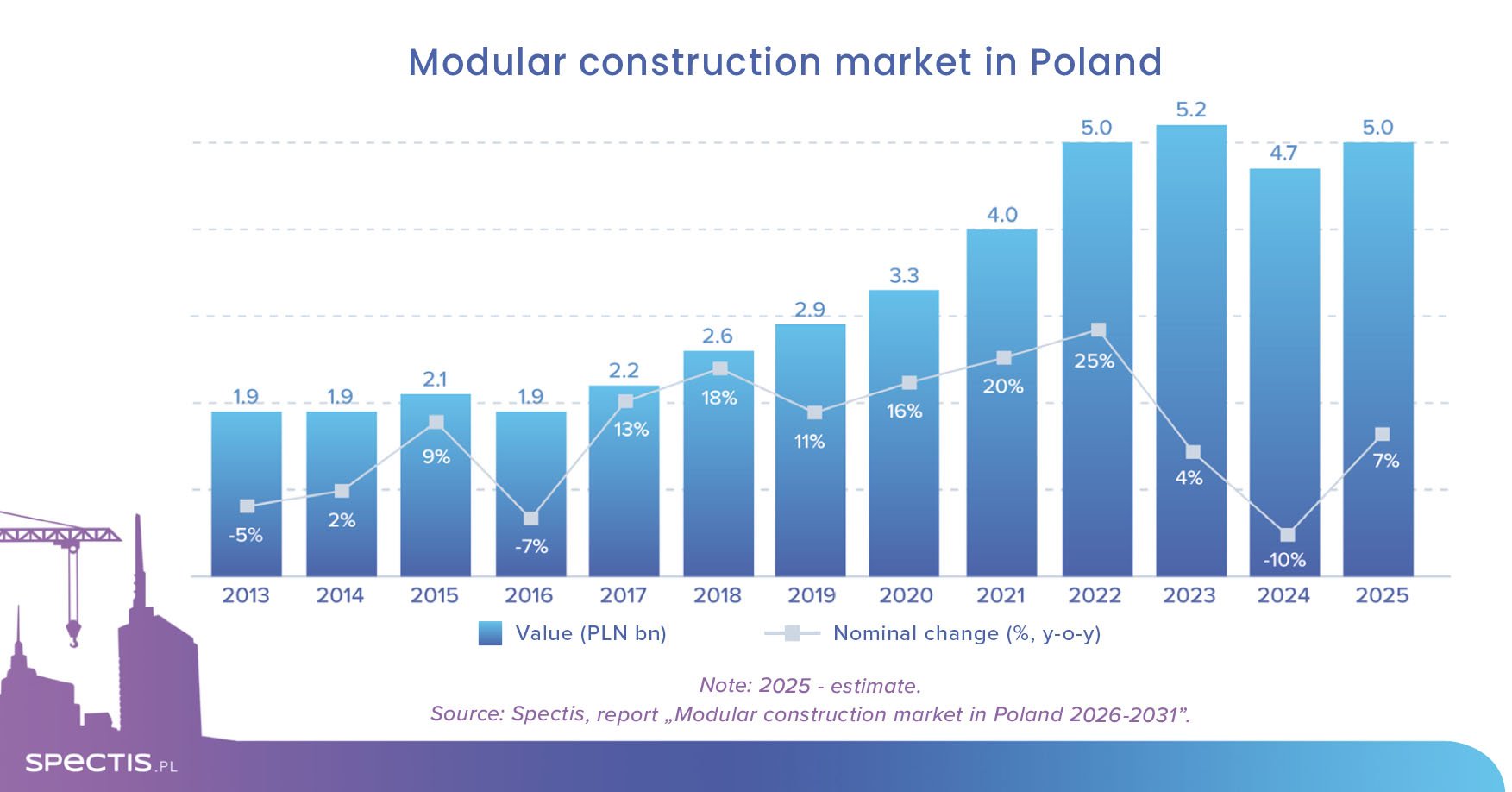
German capital leads global real estate investment league table over past decade – EuropaProperty
More from General
General
Winners of the 15th Annual CEE Investment Awards
The 15th Annual CEE Investment Awards, organised by EuropaProperty, celebrated the most dynamic companies, investors, projects, and professionals shaping Central and Eastern Europe’s property market. The following winners were...
General
Major FM Operator in Poland Digitizes 550-Site Maintenance Operations
Poland’s commercial facility management market is growing quickly, but traditional operating models struggle to keep pace with dispersed sites, higher service expectations, and resource constraints. Emerging digital solutions demonstrate...






